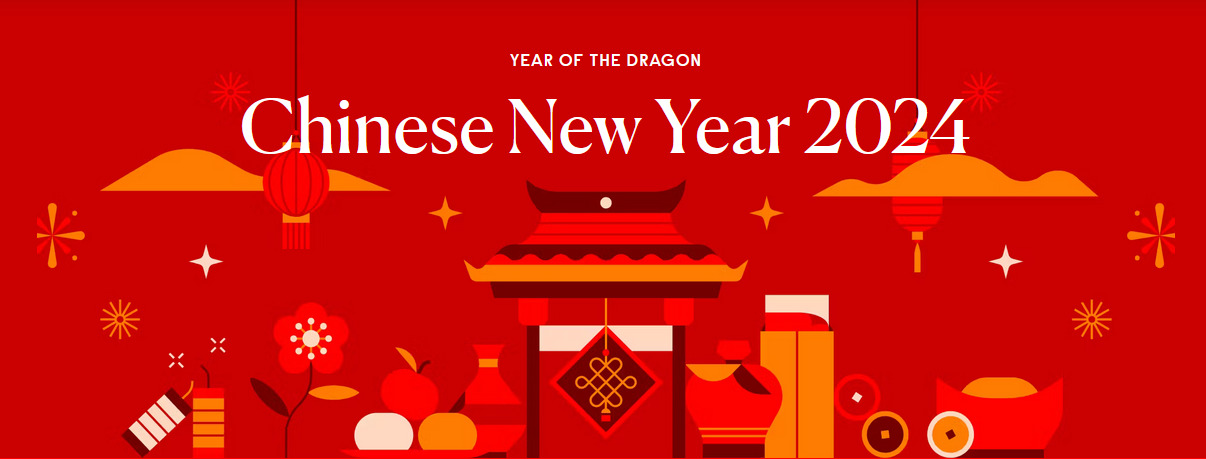What is Chinese New Year and How Does it Impact The Supply Chain

We delve deep into the Chinese New Year, an event rich in tradition/cultural significance and tangible impacts on global supply chains. The festival is celebrated in China and by Chinese communities worldwide. It’s synonymous with family gatherings, delectable cuisines, and vibrant displays. Yet, beneath the surface of celebrations, lies a pivotal influence on the flow of goods and services internationally.
The Essence of Chinese New Year
We must immerse ourselves to understand the very essence of the Chinese New Year. And to appreciate its overarching influence on production and supply facets.
Stemming from lunar calendar observances, the festival typically occurs between January 21 and February 20, engulfing the nation in weeks of preparation and celebration. The festival encompasses far more than a single day of celebration; it’s an approximately 15-day affair, culminating in the Lantern Festival. This extended period is a time of halted operations, ceased production, and a palpable slowdown across various industrial sectors.
Impact on Manufacturing
Our focus shifts towards the substantive impacts on manufacturing sectors during the festival period. With factories and production units shutting down or operating at minimized capacities, a ripple effect permeates through global supply chains. More specifically affecting industries highly involved with Chinese manufacturing, such as packaging, electronics, textiles, and more.
The pause in manufacturing output does not merely span the official holiday duration. It extends for weeks (if not months) on either side due to preparatory and recovery periods.
Pre-Emptive Strategies and Preparations by Businesses
Proactive businesses, acutely aware of the impending manufacturing hiatus, often engage in strategic planning, such as stockpiling inventory to mitigate potential shortages. The anticipatory strategies may include advancing production schedules, establishing alternative supplier relationships, and augmenting inventory levels. These tactical moves aim to ensure continuity in supply chains, safeguarding against production disruptions emanating from the festive cessation.
Post-Festival Recovery and Reinitiation
The post-festival period is no less critical, embodying a phase of recovery and reinitiation for industries and supply chains alike. The reactivation of manufacturing units, reinstating labor forces, and re-establishing production rhythms collectively delineate a period that demands meticulous management to regain pre-festival operational levels. This recovery phase frequently witnesses a surge in production to compensate for the preceding dormant period, aiming to stabilize supply chains and fulfill pent-up demand.
Global Supply Chain Disruptions
The Chinese New Year’s monumental effect is not confined to localized regions but infiltrates global supply chain mechanisms. International businesses, particularly those reliant on Chinese-produced components, inevitably encounter disruptions, manifesting as delayed shipments, inventory shortages, and cascading effects on production schedules elsewhere.
These ramifications underline the necessity of understanding and strategically planning around the Chinese New Year to navigate through the inevitable turbulence effectively.
Final Word
In conclusion, the Chinese New Year transcends its cultural and festive significance. It embeds substantive influences on manufacturing and global supply chains. The festival’s timeline, enveloping preparatory, celebratory, and recovery phases, necessitates astute strategic planning and adaptive mechanisms from businesses worldwide.
Many manufacturing facilities rely on components from China even if they produce elsewhere. Here at Custom 420 Supply, we can help you prepare ahead of time and forecast your packaging needs to work around supply chain disruptions. Do not get caught behind the curve by under-preparing!
